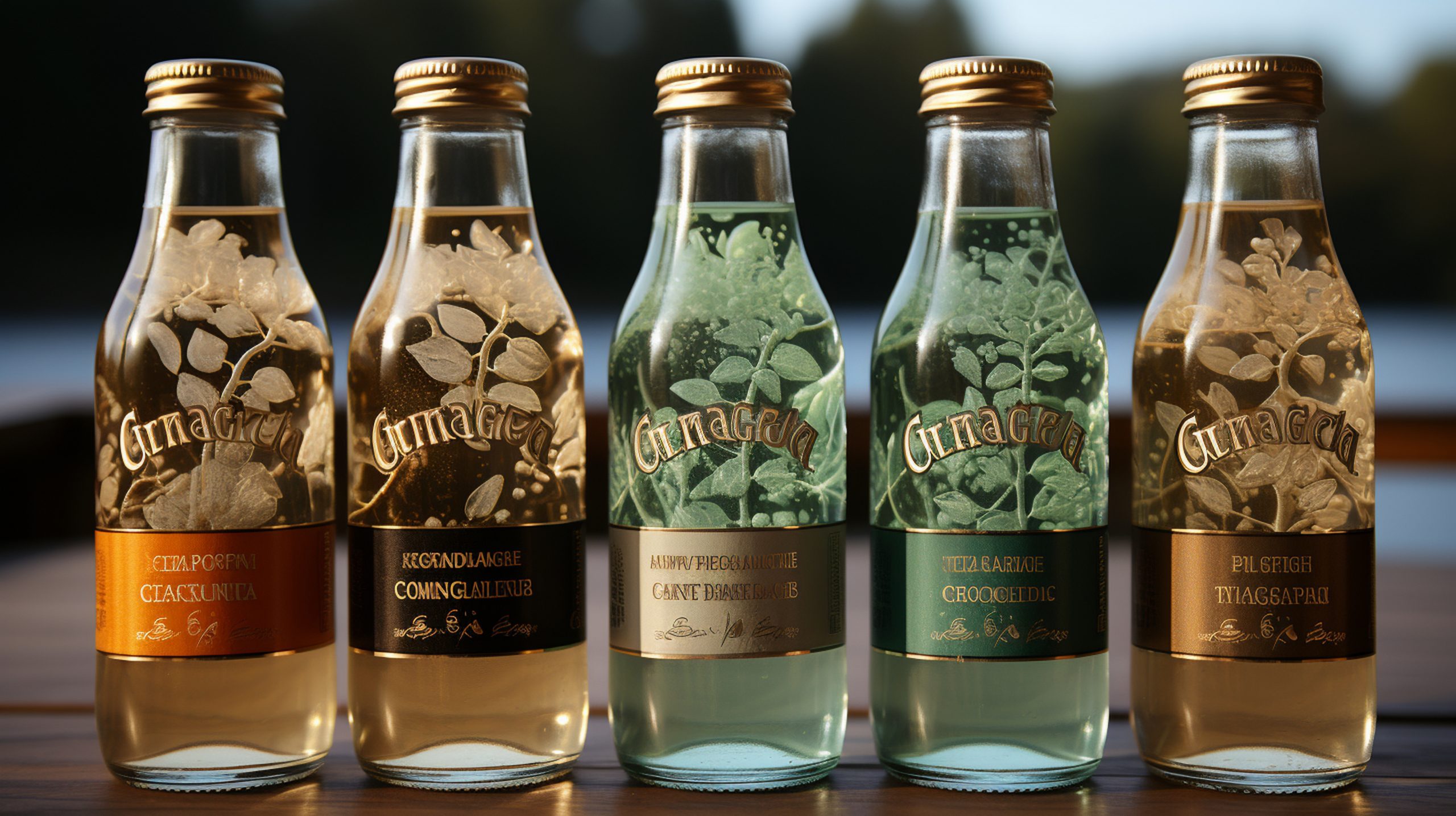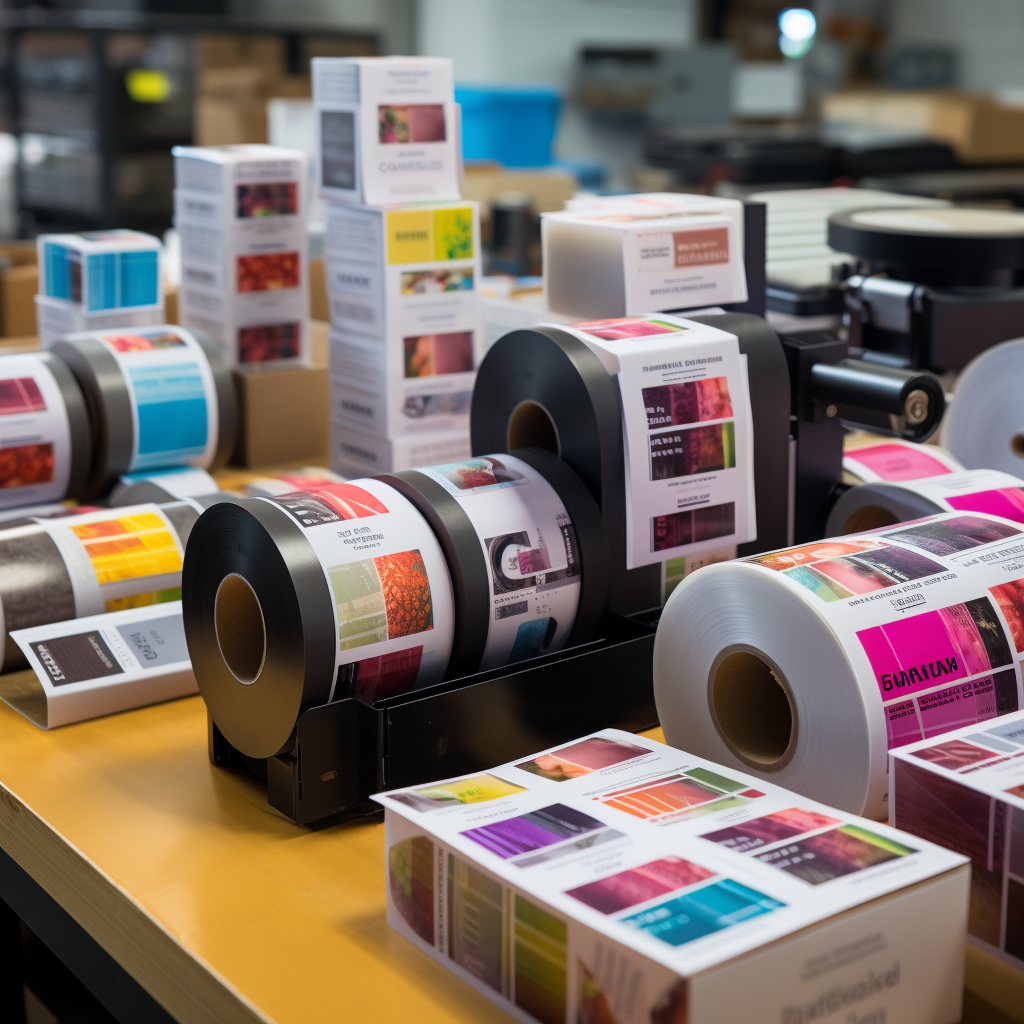You’ve perfected your product. Your online store is live. Orders are coming in. But when your package lands in a customer’s hands—what does it say about your brand?
In e-commerce, your packaging is often the only physical touchpoint you have with your customers. That’s where custom label printing steps in—not as an afterthought, but as a strategic branding asset. It’s more than just sticking a name on a jar or a logo on a box. It’s about making your brand recognizable, trusted, and remembered—right from the moment someone opens their order.
Unlike generic or templated labels, custom labels allow you to shape the look, feel, and tone of your product presentation. They tell your story at a glance, and in e-commerce, that’s all the time you’ve got.
So, whether you’re just starting out or looking to level up your packaging game, in this guide we will break down everything you need to know about custom label printing—from design tips to budget planning and vendor selection.
What Is Custom Label Printing And Why Does It Matter for E-Commerce?
Custom label printing refers to the process of creating personalized, branded labels for products using specialized printing techniques and materials. Unlike standard or generic labels, custom labels are tailored to reflect your brand’s unique identity—your colors, fonts, logo, and messaging.
In an online-only world where your customers can’t physically experience your store, packaging becomes the first tactile brand touchpoint. A well-designed label enhances unboxing, reinforces trust, and tells your brand story. It’s a chance to create an emotional connection and stand out.
Custom vs. Standard Labels:
Standard labels are mass-produced and lack uniqueness. Custom label printing, on the other hand, offers flexibility in size, shape, design, and material, allowing you to craft packaging that aligns perfectly with your product and branding goals.
Benefits of Custom Labels for E-commerce
1. Boost Brand Recognition
Custom labels help customers instantly recognize your brand. From your logo and brand colors to your product name and tagline, every visual element on your label reinforces your brand identity. This familiarity encourages repeat purchases and builds long-term loyalty.
2. Communicate Product Value Clearly
A well-designed custom label does more than look good. It provides essential information at a glance. Ingredients, usage instructions, certifications, and unique selling points can all be clearly presented on the label, helping customers make informed buying decisions and building trust in your product.
3. Differentiate from Competitors
In a saturated market, small details make a big difference. Custom labels signal professionalism and attention to detail—qualities that can tip the scale in your favor when customers are choosing between similar products.
4. Adapt Easily for Product Variations
Custom label printing allows flexibility across product lines. You can maintain a consistent brand style while tailoring details for different scents, flavors, sizes, or SKUs—making your catalog look cohesive while highlighting each item’s uniqueness.
Designing Effective Custom Labels
Designing a custom label is not just about beauty. It’s about function, clarity, and brand alignment.
1. Essential Elements
Great label designs start with clarity and cohesion. Consider:
- Color Scheme: Stick to your brand colors. Use contrast to improve legibility.
- Typography: Choose readable fonts. Prioritize hierarchy—product name should stand out.
- Imagery: Use icons or graphics sparingly but effectively to communicate benefits.
2. Reflecting Brand Identity
Your custom label should look and feel like an extension of your brand. For example, a minimalist skincare line might use a clean white background with sans-serif fonts, while a playful snack brand might opt for bold colors and handwritten typography.
3. Design Tools and Software
If you’re DIY-ing your design, tools like Canva, Adobe Illustrator, and Figma are excellent options. For more advanced layout and print prep, Adobe InDesign is an industry standard. Many printing companies also offer custom label design and printing support or templates.
Choosing the Right Printing Service
Not all printing services are created equal. Your choice of printer can significantly affect quality, turnaround time, and cost.
1. What to Look For
- Material Options: Ensure they offer the label materials (e.g., matte, glossy, waterproof, synthetic white, transparent, silver, gold, eggshell, holographic) that fit your product needs.
- Finishing and Embellishment: Choose a printer that offers options like lamination, UV coating, foil stamping, or other kinds of finishing to enhance durability and elevate your label’s visual appeal.
- Custom Sizing and Shapes: Look for flexibility in shape—circle, square, custom, etc.
- Proofing Process: A good vendor provides digital proofs or printed samples before full runs.
- Customer Reviews: Read client testimonials to gauge reliability and support.
2. Quality Evaluation
Request samples to assess print clarity, adhesive strength, and finish. If they offer express custom label printing, make sure that speed doesn’t compromise quality.
3. Common Pitfalls
Avoid:
- Going for the absolute cheapest option—quality may suffer.
- Choosing printers without clear return or satisfaction policies.
- Overlooking minimum order quantities.
Look for trusted custom label printing services with consistent results and strong support.
Cost Considerations and Budgeting
Budgeting for custom label printing involves more than just comparing label prices.
1. What Affects Cost
- Label Material: Premium materials like metallic cost more.
- Size: Larger and custom-cut labels are more expensive.
- Order Quantity: Most printers offer volume discounts—bulk custom label printing is more economical.
- Finishes: Matte, gloss UV coating, or laminations add cost but can boost durability.
2. Strategies for Cost-Effective Printing
- Start Small: Order small quantities to test design and performance.
- Use Standard Sizes: Custom shapes add one-time fee, square and round are more affordable.
- Buy in Bulk: Once you’re confident in your design, order in higher quantities to reduce per-label cost.
3. Balance Cost and Quality
Affordable doesn’t have to mean cheap. Look for a print partner that still delivers durability, print quality, and customer service. Many vendors offer affordable options without compromising results.
For businesses seeking scalable solutions, here at Quadlabels, we offer competitively priced wholesale label printing services without compromising on quality or consistency.
Future Trends in Custom Label Printing
1. Digital Printing Revolution
Digital printing technology is making custom label printing faster, more flexible, and more affordable. Short runs, variable data printing, and faster turnarounds are becoming standard.
2. Sustainable Materials
Eco-conscious consumers are driving demand for eco-friendly custom labels made from recycled paper, biodegradable adhesives, and soy-based inks.
3. Smart Labels
The future includes QR code integration, augmented reality labels, and NFC-enabled labels that connect packaging to the digital world, adding a new layer to the customer experience.
4. Personalization at Scale
Thanks to AI and automation, businesses can now offer personalized labels for customers—imagine a label that includes the customer’s name or a seasonal message, printed on demand.
Custom label printing is more than just packaging. It’s a powerful branding tool that boosts recognition, enhances customer experience, and sets you apart from competition. For e-commerce businesses, investing in custom labels is a smart, scalable move that pays off in loyalty, visibility, and growth.
From designing effective labels and choosing the right vendor to managing costs and staying ahead of trends, this guide gives you everything you need to implement custom label printing with confidence.
If you’re ready to create labels that reflect your brand, excite your customers, and support your business goals, there’s never been a better time to start with custom labels.




